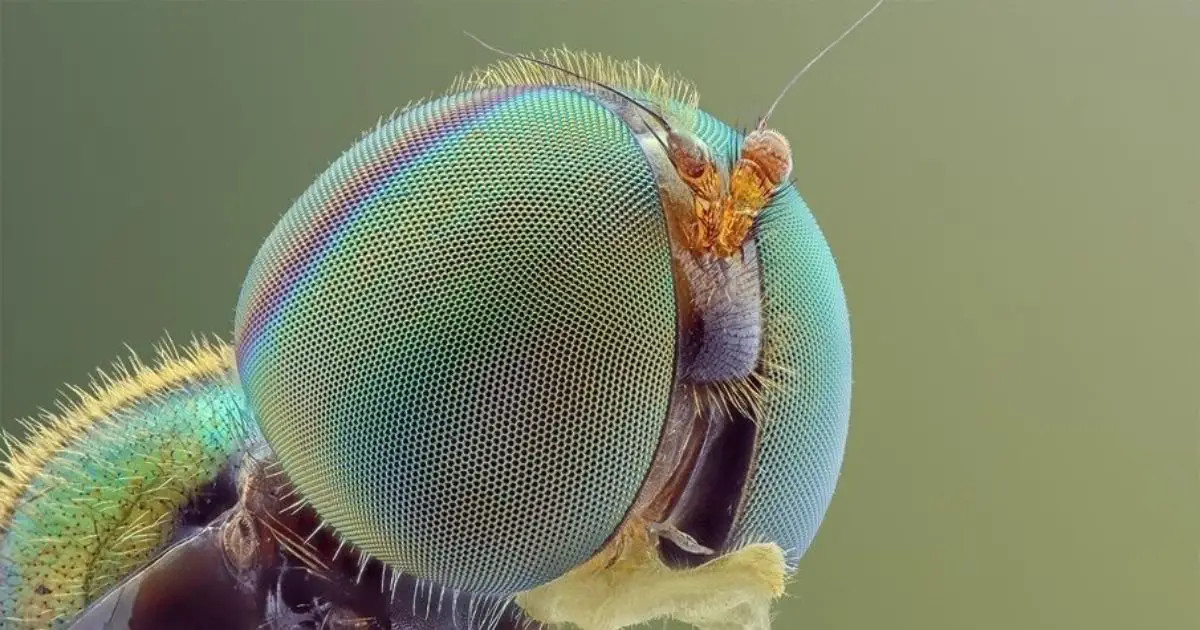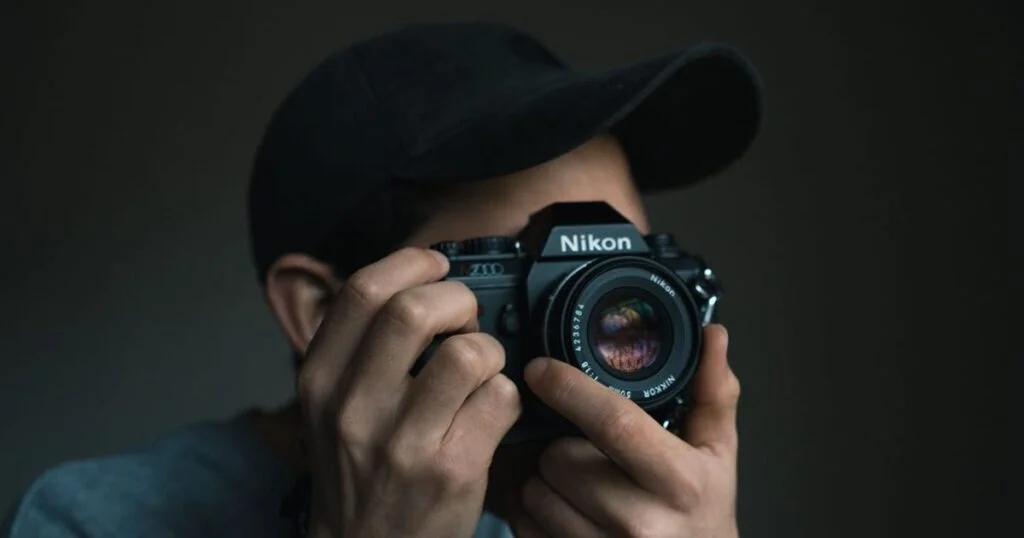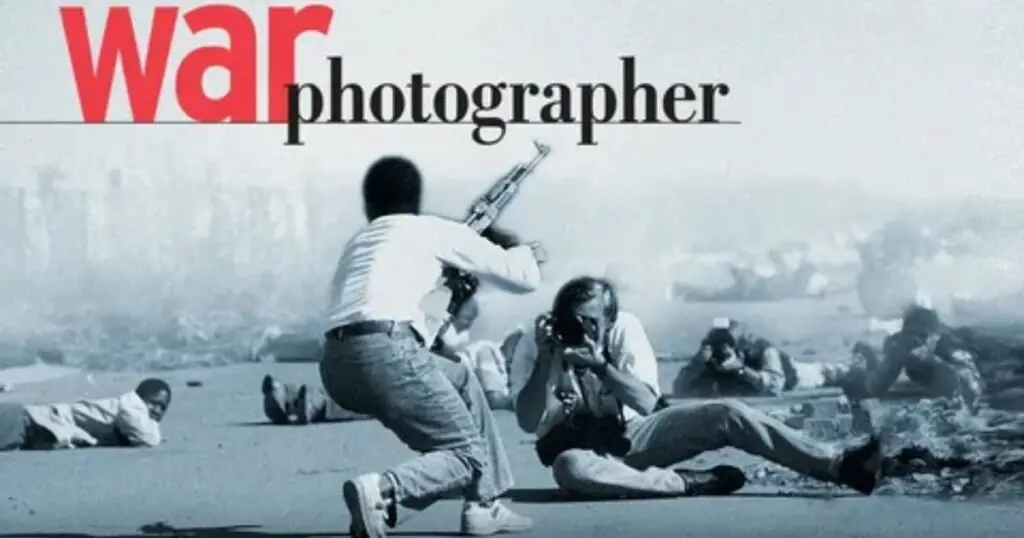Macro insect photography is a type in which people take close-up pictures of insects. This makes tiny creatures like ants, butterflies, and beetles look extensive and detailed. Photographers use special lenses to capture these close-up images. Macro insect photography helps us see the beauty and details of insects that we usually can’t see with our eyes.
Read More
Inspiring Examples of Macro Insect Photography
- Thomas Shahan – Known for his stunning close-ups of spiders and insects, capturing intricate details and vibrant colors.
- Levon Biss – Famous for his Microsculpture project, where he creates large-scale, highly detailed images of insects.
- Igor Siwanowicz – Combines artistic vision with scientific accuracy, showcasing insects in vivid colors and fascinating poses.
- Morten Hilmer – Specializes in capturing insects in their natural habitat, emphasizing their beauty in nature.
- David Chambon’s work often features insects covered in morning dew, making the creatures look magical and otherworldly.
These photographers have mastered the art of macro insect photography and inspired a whole community to explore the beauty of tiny worlds through their lenses.
Challenges in Macro Insect Photography
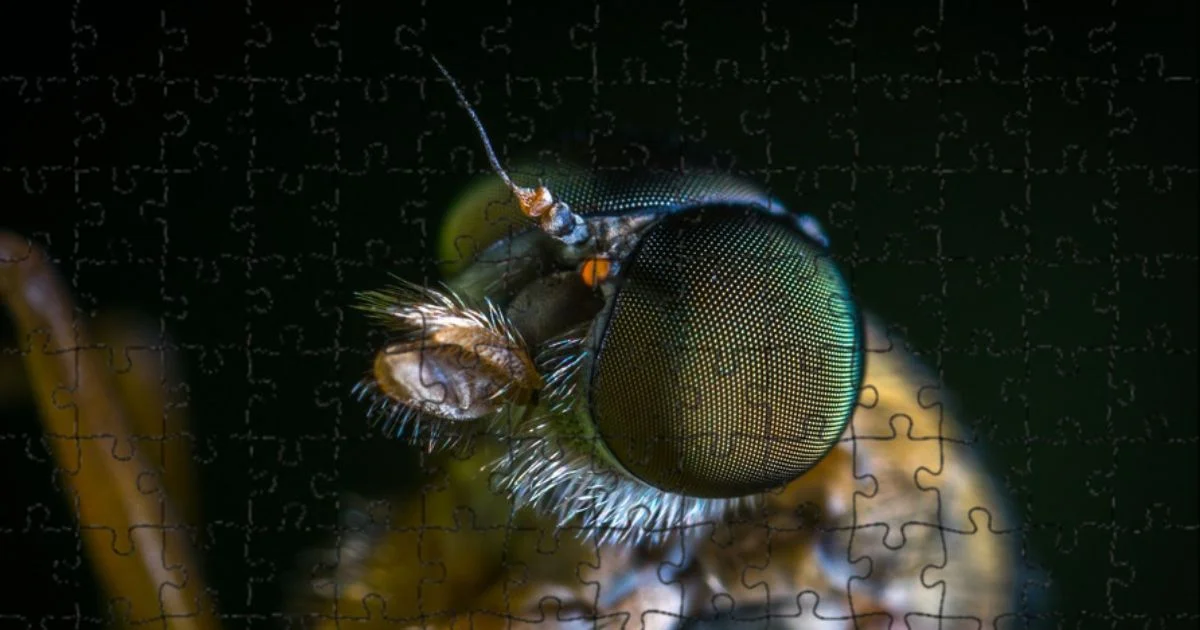
A. Common Difficulties Faced by Photographers
- Insects move quickly, making them hard to capture.
- Focusing on tiny details takes a lot of work.
- Lighting can be tricky due to shadows or bright spots.
- Wind can shake the subject or the camera.
- Getting too close might scare the insect away.
B. Strategies for Overcoming These Challenges
- Use a fast shutter speed to freeze motion.
- Try manual focus to get better control.
- Use diffused light or reflectors to soften shadows.
- Shoot early in the morning when insects are less active.
- Use a tripod to keep the camera steady.
C. The Importance of Patience and Persistence
Insects are highly unpredictable, so patience is not just a virtue but a necessity. You may have to wait a long time to get the perfect shot. Being persistent is the key to improving your skills and capturing unique details.
Equipment Needed for Macro Insect Photography
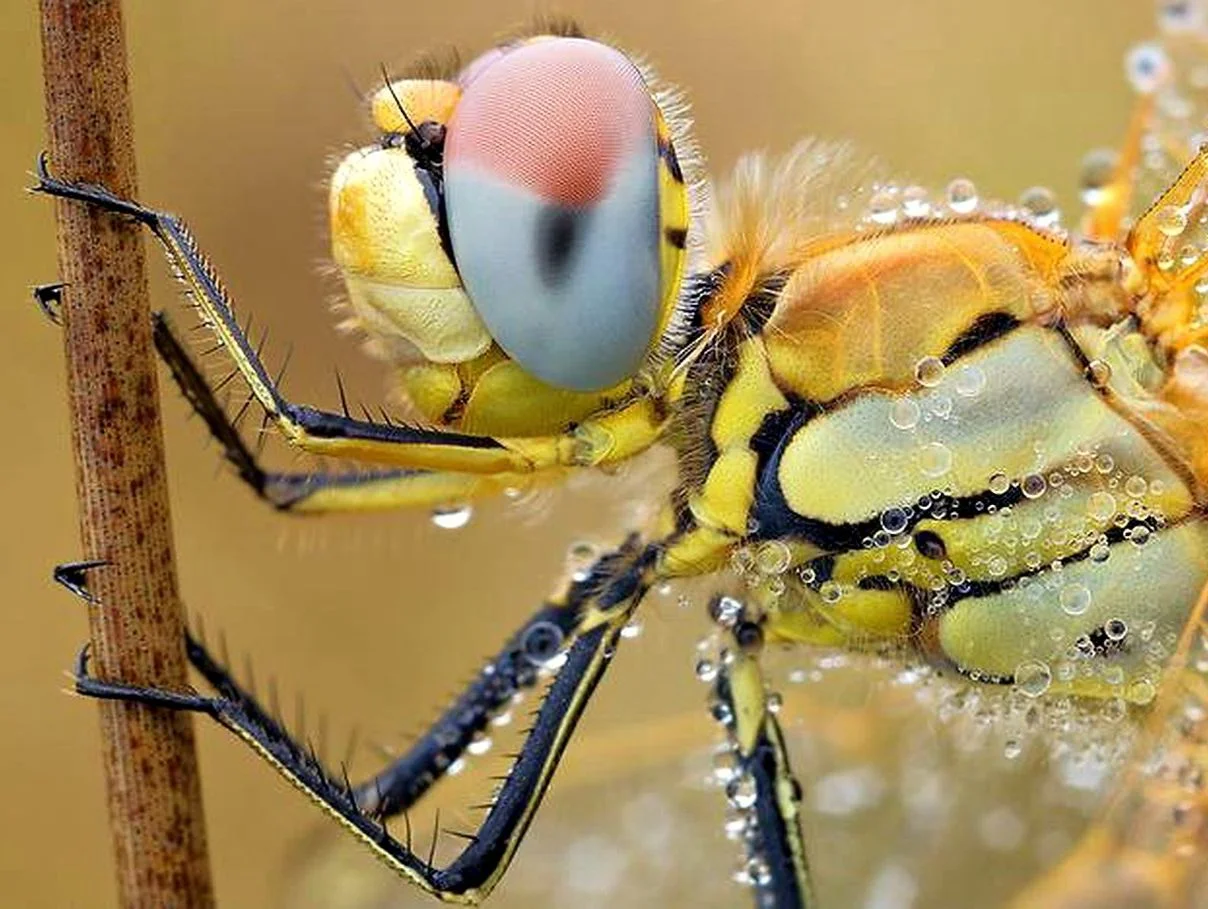
A. Recommended Cameras and Lenses
- A DSLR or mirrorless camera with manual focus is ideal.
- A macro lens (100mm or similar) helps capture fine details.
- Extension tubes can also help increase magnification.
B. Importance of Tripods and Stabilizers
- A tripod keeps the camera steady for sharper images.
- Stabilizers reduce camera shake, especially in windy conditions.
- They are essential for shooting in low light or with slow shutter speeds.
C. Additional Accessories
- External lighting, like a ring flash, helps avoid shadows.
- Reflectors can bounce light onto the insect for better exposure.
- A remote shutter release prevents any movement when taking the shot.
Techniques for Capturing Macro Insect Images
Focusing Techniques and Depth of Field Considerations
- Use manual focus to control the sharpness of small details.
- Focus on the insect’s eyes for a striking image.
- A narrow depth of field creates a blurred background but may require precise focusing.
Tips for Achieving Sharp Images
- Use a fast shutter speed to capture moving insects.
- A tripod can help keep the camera stable for sharper shots.
- Avoid shooting in windy conditions to reduce motion blur.
Importance of Lighting and Exposure Settings
- Good lighting helps reveal the delicate textures of insects.
- Use natural light when possible, but add diffused flash if needed.
- Adjust exposure settings to avoid overexposing delicate details.
Final thought
Macro insect photography reveals a rich and captivating life unseen by our eyes as it captures all the delicate structures of insects. It is complex but spectacular; magnificent photography is possible once the right approach and tools are found. Getting close-up photographs of insects and their interesting lives requires much time and effort, not to mention imagination. But as for data, with some practice and the methods described in this article, everyone can become a master of this small world.
